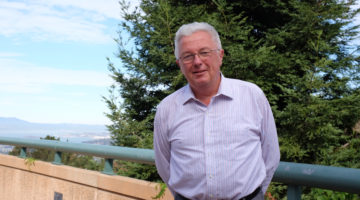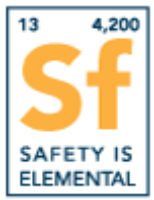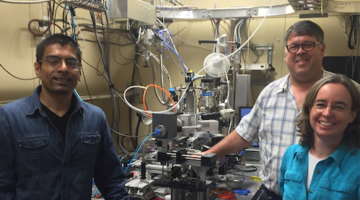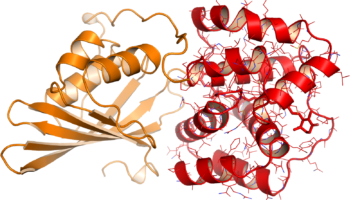A time-resolved x-ray imaging technique directly observes signal propagation dynamics in nanomagnetic logic (NML) chains. The technique can assess NML reliability on fast time scales and help optimize chain engineering for this promising ultralow-power computing architecture. Read more »![]()
![]()
ALSNews Vol. 366
SEPTEMBER 30, 2015
Wolfgang Eberhardt on Light Sources: Getting the Balance Right
Wolfgang Eberhardt, an internationally respected expert on synchrotrons, is wrapping up an extended visit to the ALS. Between experiments furthering our understanding of organic solar-cell materials, he discusses the relative merits of diffraction-limited storage rings (such as the proposed ALS upgrade, ALS-U) and free-electron laser facilites. Read more »
User Experiment Safety Process Update: For Experiments After August 17
The ALS has updated its User Experiment Safety Process. The main change that will affect users is a new requirement to complete an Experiment Safety Sheet (ESS) for each visit and for each beamline. This is a change from current procedure where an ESS can be valid for up to one year and may cover more than one beamline. Read more »
Footprinting Technique Gives ALS Users New Insights
The x-ray footprinting (XFP) technique developed at ALS Beamline 5.3.1 gives researchers a powerful tool for the study of macromolecular structures and dynamics of proteins and nucleic acids in solution. Read more »
Ken Chow, ALS Engineering Lead
In his new role as ALS Engineering Lead, Ken Chow has taken on a consolidated role that was previously split between mechanical and electrical. As of August, a reorganization of ALS engineering has Chow overseeing all engineering tasks at the ALS, which includes magnetic and vacuum systems, mechanical engineering and technology, and electrical and controls engineering. Read more »
Carotenoid Pigment Is the Key to Photoprotection
A technique newly available at the ALS has enabled the discovery of a surprising key event in photosynthetic systems. A protein shifting from an “orange” light-absorbing state to a “red” photoprotective state turns out to be an unanticipated molecular priming event in photoprotection. Read more »![]()





